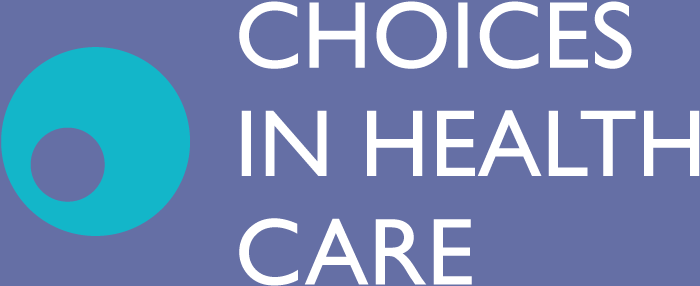Other definitions of healthcare services
The range of services offered in the Finnish healthcare system consists of a number of different components. Many acts and decrees contain provisions on healthcare services. In addition, Administrative Court precedents in administrative disputes, the practice of oversight of legality and authorities’ decisions may be relevant to what health services should be provided on public funds.
The treatment methods listed in uniform criteria for access to non-emergency treatment (Ministry of Social Affairs and Health 2010) may be deemed a part of the service choices. In the criteria for access to care, indications for a treatment are emphasised.
In the uniform criteria recommendations have been prepared for the treatment of over 200 illnesses. Some of the recommendations have been updated and a few new ones have been prepared, but the majority of the criteria for access to care were drawn up in 2004−2009.
In 2015, a new “National working group on uniform criteria for access to care” was set up under the Ministry of Social Affairs and Health with the aim of reforming the definitions of access to and the time limits for care, to update the criteria for access to non-emergency treatment, to define uniform criteria for access to urgent care as well as to prepare medical criteria for access to long-term institutional care for older persons.
Current Care guidelines are national care recommendations prepared by the Finnish Medical Society Duodecim and medical specialist societies. Over 100 such recommendations have been published. The Current Care guidelines are updated regularly, and the methodology and processes described in the Current Care manual are followed in their preparation. The Current Care guidelines and the evidence grade reviews they contain may be used for support in defining the range of public health services.
The joint Managed Uptake of Medical Methods (MUMM; in Finnish HALO)programme of the National Institute for Health and Welfare and the hospital districts has assessed new technologies available for specialised care since 2008. The MUMM (HALO) recommendations are underpinned by research-based evidence on the effectiveness, safety and costs of new technologies collected by clinical experts together with Finohta (Finnish Office for Health Technology Assessment), which has till 2016 operated within the National Institute for Health and Welfare. The MUMM advisory body, which consists of the hospital districts’ medical directors, has made its decisions on MUMM recommendations based on the evidence collected in these reviews. Almost 60 recommendations based on described methodology and processes have beenpublished.




